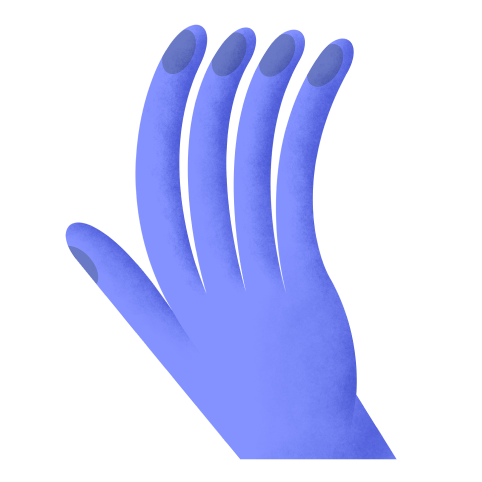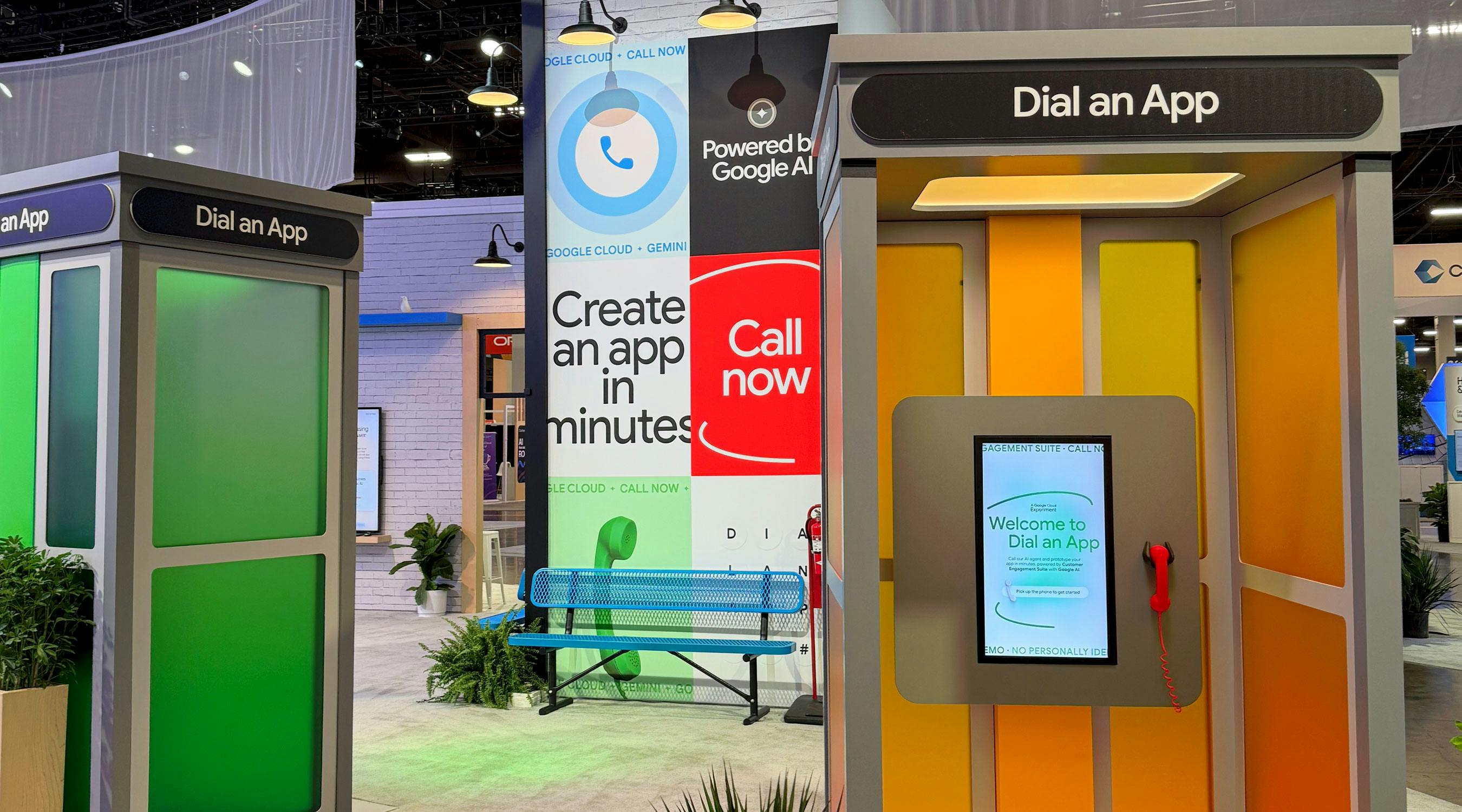Developing a Vision: Invention Director Christine Outram Talks Shop with Use All Five
Christine Outram is the Invention Director at Deutsch LA where she builds products and apps as a unique new form of advertising. We talked to her about her position and what exactly it entails.

Invention Director is not a job title we often see. Can you fill us in on the basics?
Christine Outram: Sure! Think of it like this. Innovation directors develop new strategic business opportunities for a company. Invention directors do the same thing, but they take it one step further – they manage teams who build and ship the vision. At Deutsch this means overseeing 10-day rapid-fire strategy and ideation sprints, followed by 45-60 day prototyping sprints, and then, depending on the project, a 2-3 month initial launch cycle.
What ideas and traditions does invention strategy draw from? What applications of this idea might we have seen in the past?
Christine Outram: Startup culture has been a big influence on how we run projects, particularly because we’re building new products and services, not campaigns or TV spots. So instead of a copywriter and art director calling the creative shots, it’s a squad that includes UX, strategy, digital design, production, tech, and creative.
And that’s something that is really important for advertising agencies to remember – if your aim is to build something that people come back to more than once, then your creative team needs to expand beyond the traditional duo. After all, a copywriter and art director are trained in telling great stories. But if tech can’t build the vision or if UX has a hunch that people won’t use it, then the idea is moot.
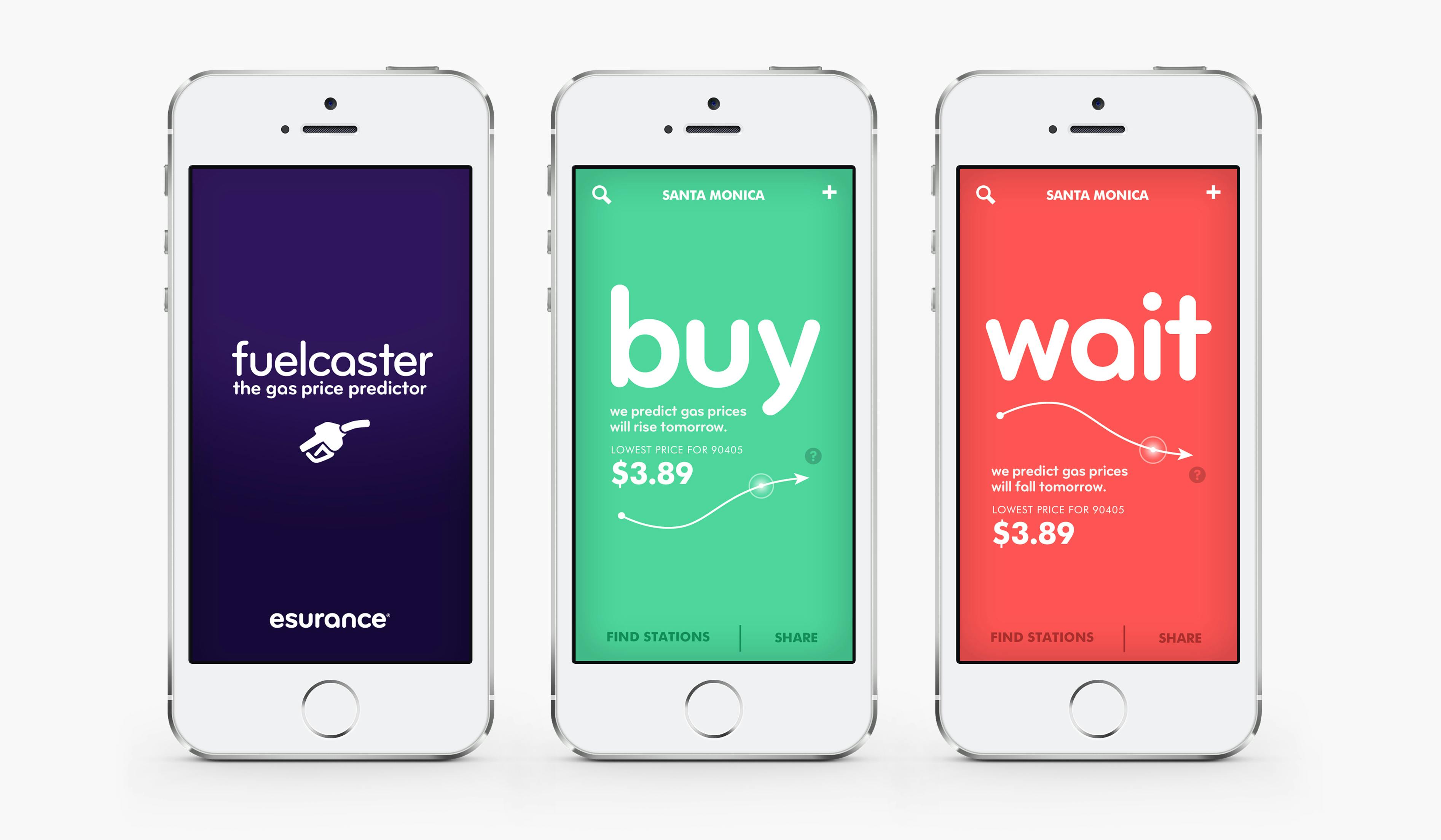
Before joining Deutsch you created the Copenhagen Wheel. What led you to want to create a physical product?
Christine Outram: My first degree was Architecture, and I have a life-long love of new tech, so I’ve always been fascinated by the interplay of digital and physical things. But in truth, building an electric bike like the Copenhagen Wheel wasn’t the result of wanting to build a physical product. It was the result of attempting to solve a bigger question – how can we make cycling more enjoyable so that more people choose to ride instead of drive? The answer could have been an app, or even an education initiative. Our answer just happened to manifest itself in a physical form.
What I learned from the Copenhagen Wheel was the importance of developing a vision that people can rally behind. This keeps a project on track and stops you from adding too many features.
What could you take away from that project and apply to a digital creation like Fuelcaster?
Christine Outram: What I learned from the Copenhagen Wheel was the importance of developing a vision that people can rally behind. This keeps a project on track and stops you from adding too many features and functions.
In both projects it was also important that we were truly answering a human desire. After all, if there’s no market for your solution it will fail (and I personally believe that continuously throwing media dollars to drum up interest is cheating). For Fuelcaster this meant building a product based on people’s desire to know the real-time price of gas around them so they can save a couple of dollars at the pump. And this was something that was validated when we started seeing results – 38% of people return to Fuelcaster on a regular basis with no additional media spend so we know we’ve hit on a real need.
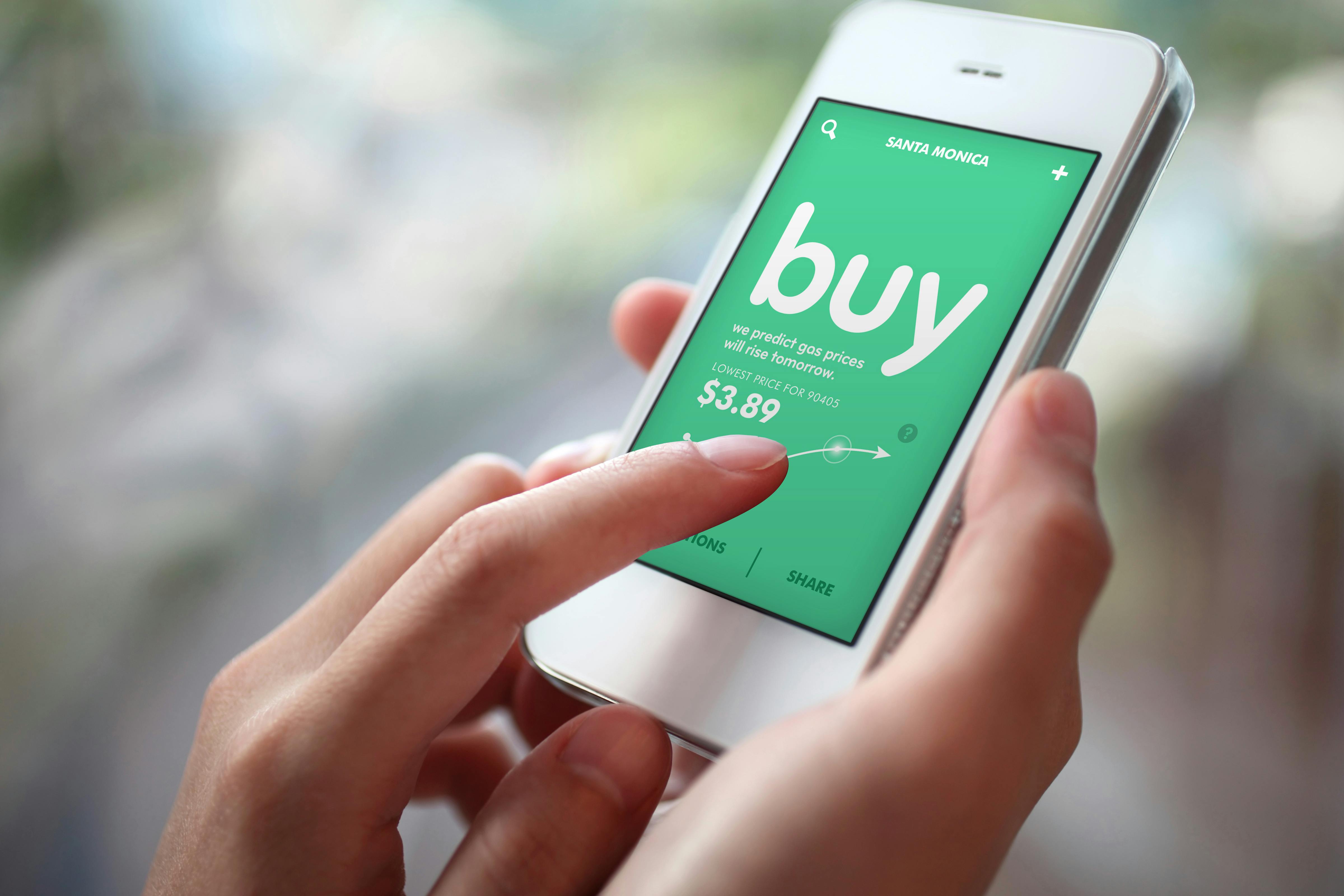
Invention strategy might seem like a risk to some data-driven companies. What steps do you take to tie the invention to the brand?
Christine Outram: Firstly, we gotta stop calling it Invention Strategy! Strategy implies that we just define the approach. But our job is to work with brands to build the change we want to see in the world. So it’s a longer process and there’s more at stake. But back to the question…
We work really well with data-driven companies because we don’t just come up with new ideas and hope they stick – we are continuously vetting them against brand goals and through data-driven A/B tests in the marketplace.
Here’s an example. Let’s say a data-driven insurance company comes to us and wants to run an invention sprint around developing solutions that will increase loyalty with existing customers.
The first thing we do is define the target market and metrics of success for the sprint – sometimes that’s PR or brand love, other times it’s repeat visitors, or conversions. Then we use these to vet our creative ideas. We also use the guardrails of: Is there a market for this? And are we truly building something that people will return to again and again?
Once we have 5-8 ideas we create Facebook ads for each idea and run a test with the target market. This gives us data-driven feedback on which ideas people are responding to best.
So it’s all about finding the nexus between a ‘big idea’, market desire, and exceeding business expectations. In this way, we cannot escape being in service of the brand.
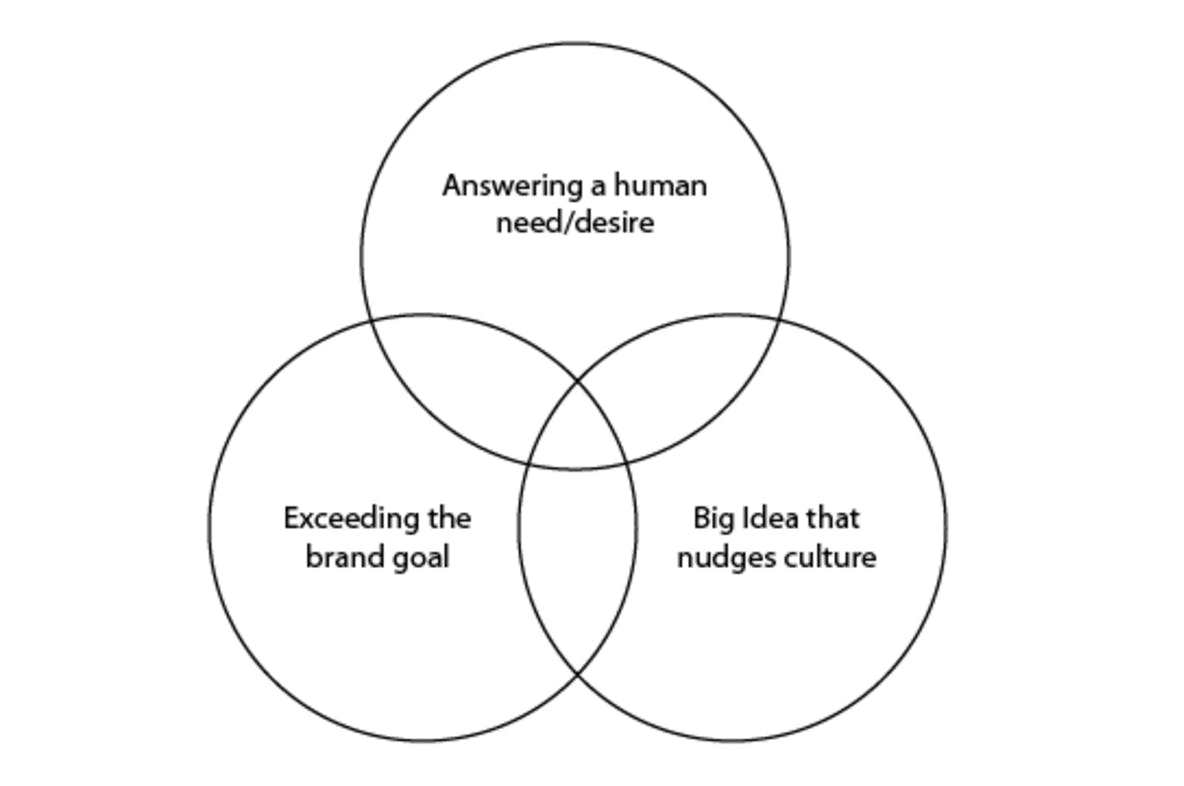
It's truly one of the reasons I love L.A. There's so much diversity here that you're never starved for something new to feed your creative soul.
Do you have any tips you could offer on how to come out of a creative slump?
Christine Outram: What works for me is putting myself in new and unexpected situations – going on adventures large and small. Maybe this means a gallery visit, or a new part of town, or a new food. It’s truly one of the reasons I love L.A. There’s so much diversity here that you’re never starved for something new to feed your creative soul.
Brands often hire consultants to develop innovation strategies only to find that the presentation sits on someone's desk and nothing happens. It's only through actually making things that we'll prove our hypotheses.
Do you think we will begin to see more invention design as the ad industry shakes up, or will it stay in the experimental domain?
Christine Outram: Absolutely. To stand out, especially in industries where there isn’t much differentiation between competitors – real estate, insurance, and telecoms to name a few – we need to create real relationships with people. This means thinking beyond the campaign cycle and simple messaging. We need to provide value and build trust. Brands often hire consultants to develop innovation strategies only to find that the presentation sits on someone’s desk and nothing happens. It’s only through actually making things that we’ll prove our hypotheses. That’s where invention comes in.
